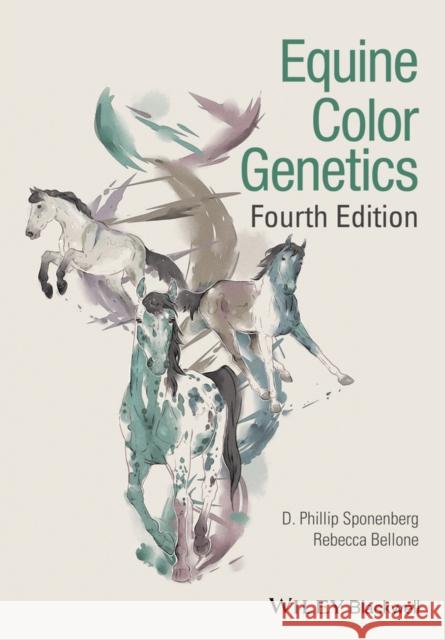Equine Color Genetics » książka
topmenu
Equine Color Genetics
ISBN-13: 9781119130581 / Angielski / Twarda / 2017 / 352 str.
Equine Color Genetics, Fourth Edition presents a detailed examination of the color variation in horses and donkeys and the genetic mechanisms that produce color variations.
- Thoroughly covers the basic colors in horses, including bay, chestnut, black, and brown
- Details the genetic basis of the colors built from the basic coat color, including dilutions and white patterning
- Provides an explanation of genetic mechanisms that determine coat color
- Presents a thorough revision and update, including new advances in molecular genetics, biochemistry, molecular mechanisms, genetic loci, coat colors before domestication, and more
- Offers a new introduction describing the principles of genetics and genomics research to help outline how knowledge is discovered and to assist the reader in understanding concepts covered in the book











